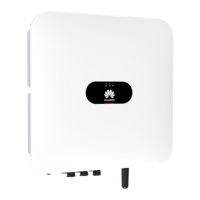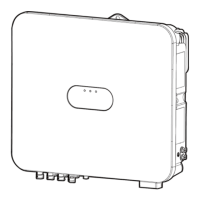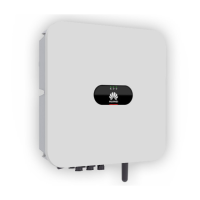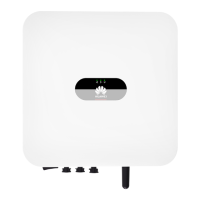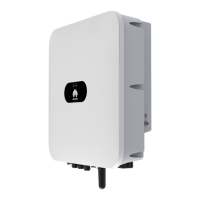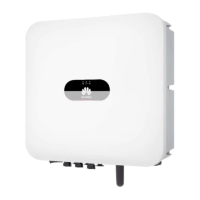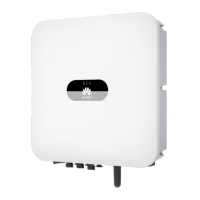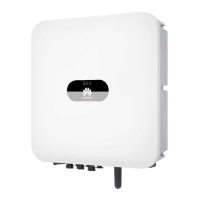ESS
Worki
ng
Mode
Current Charge/
Discharge
Status
Impact of Forced Check on
Charging
Impact of Forced
Check on
Discharging
Fully
fed to
grid
The PV power is
greater than the
power limit at
the grid-
connection point,
and batteries are
charging.
The batteries are charging
at the maximum power, and
the feed-in power
decreases.
Batteries are
discharging at the
maximum power,
and the total power
of PV and batteries
is less than the
power limit at the
grid-connection
point. The batteries
are fully charged by
PV power in the
daytime and
discharge to less
than 5% SOC at
night, which meets
the natural check
conditions. In this
working mode, the
forced check is
rarely performed.
The PV power is
less than the
power limit at
the grid-
connection point,
and batteries are
discharging.
Batteries stop discharging
and are charging at the
maximum power. The feed-
in power decreases.
● When the ESS runs in the pure o-grid scenario or in the scenario without PV power,
the forced check is not supported.
● When the grid power fails, forced check exits during o-grid switching. If the SOC is
lower than the backup power SOC during switching, backup power may be insucient.
● During the forced check, the system enables Charge from AC so that the ESS will
obtain power from the grid to fully charge batteries quickly.
● If the ESS or inverter is powered o during the forced check, the check fails and the
system does not save the process data. After power-on, the forced check restarts when
the conditions are met.
LUNA2000-(5-30)-S0
User Manual 8 System Maintenance
Issue 15 (2024-01-12) Copyright © Huawei Digital Power Technologies Co., Ltd. 139

